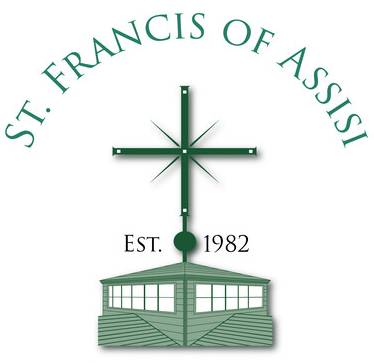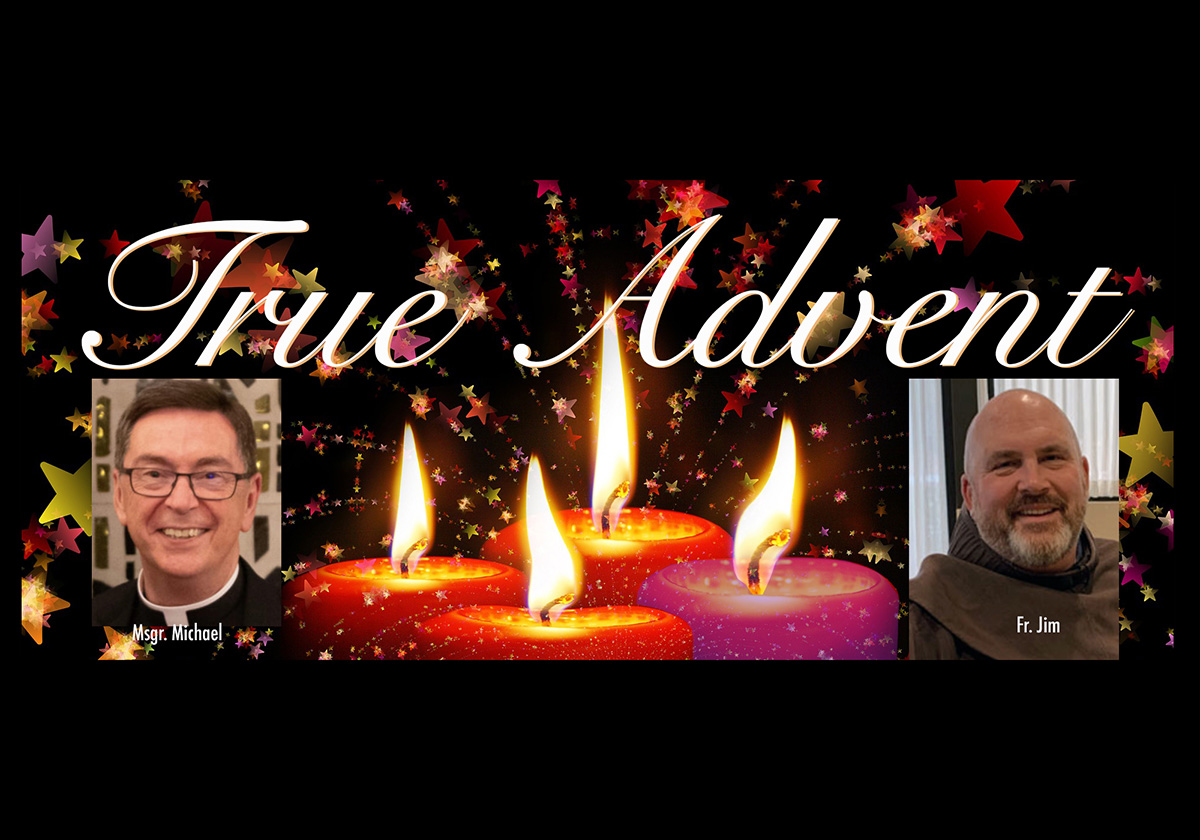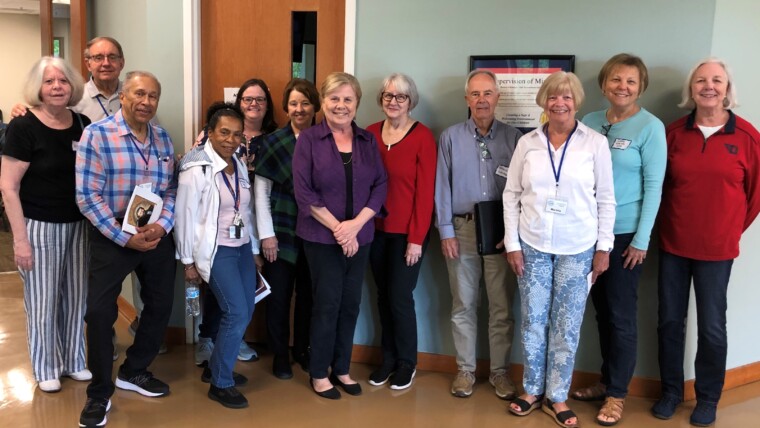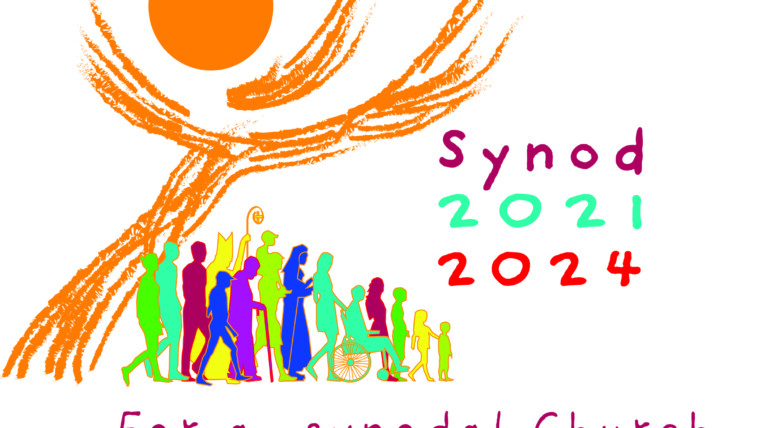From the Latin adventus meaning “coming,” Advent, often characterized as preparation for Christmas, can be overlooked in the run-up to Christmas. However, as Father Jim Sabak says, “it is not ‘preparation for Christmas’ that is too trite and shallow. Instead, it is a season under stress; it’s multi-layered.” Offered by Monsignor Michael Clay, “Advent is largely lost in contemporary American culture, which is a real tragedy as it’s so beneficial for our spiritual well-being. It is a countercultural season of waiting, pondering, being still, and being patient.” These insights beg the question, how should Catholics view Advent? We spoke with our two resident Catholic scholars, Reverend Jim Sabak, O.F.M. and Monsignor Michael Clay, who gave us their reflections on how they view Advent.
Monsignor Clay mentions that “the season focuses traditionally on the two comings of Christ. It begins with a focus on the Lord’s second coming and moves progressively to prepare our hearts, minds, and souls for the celebration of the Lord’s first coming in Bethlehem commemorated on December 25th.” Father Jim agrees and adds that Advent “has a dual character: from the first Sunday of Advent until December 16th, we focus on the second coming of Christ at the fulfillment and end of time; from December 17th to December 24th, the focus is on Jesus’ birth in Bethlehem.” He points out that “more time in Advent is spent looking to the future, Christ’s return, than it is looking back to the event of Jesus’ birth in time and history.”
Monsignor Clay laments that in addition to the “normal culture of non-stop ‘go-go-go,'” December is overlaid “with non-stop ‘ho-ho-ho.’” He adds, “we often find ourselves exhausted by the time we get to December 25 rather than in tune with the joy that the birthday of our Savior is meant to instill within us.” Monsignor worries that we are losing sight of Advent as an essential and joyful precursor to the great day of Christ’s birth and the brief following Christmas season.
Father Jim also feels that the faithful need to know of the complexity and joy of Advent. He says Advent is “a season under stress, and deals with darkness and light, dread and hope, judgment and grace, terror and promise, endings and beginnings.” Complex because it’s a one-of-a-kind season and deals with all those things that make us human, but essentially a season of joy, expectation, and hope. He points out that Advent is very Franciscan and that its meaning is found in the prayer texts of the Sunday Masses during Advent. For example, the first preface before Mass used until the 16th is:
For he assumed at his first coming the lowliness of human flesh, And so fulfilled the design you formed long ago,
And opened for us the way to eternal salvation,
That, when he comes again in glory and majesty, and all is, at last, made manifest,
We who watch for that day may inherit the great promise in which we now dare to hope.
The preface speaks of the reason for Christ’s coming, which is not the result of a man and a woman eating an apple at the beginning of time but was a part of God’s plan all along. Father Jim points out that God was not forced to do anything, and he didn’t come because human beings are sinful and horrible; it is because God planned it to happen. As Father Jim pointed out, this belief is the thinking of the great medieval Franciscan scholar John Duns Scotus (1265-1308). Scotus believed the thought that original sin is more significant than original goodness was a great mistake! Father Jim feels that this makes Advent a great season of knowing that God acts first to help us not to be afraid of anything that seeks to stand in the way of our hopes and dreams. “Advent is,” he says, “about remembering that God comes to save us because we need to be saved, to come to a fuller understanding of ourselves as human beings. We must remove all those things we put upon ourselves that prevent us from embracing and loving who we are.” According to Father Jim, the Franciscan view of Advent highlights God’s love and hope for all of us.
So how can we celebrate Advent meaningfully with our families? Monsignor Clay opines, “there has been a slow-but-steady erosion of hallowing (keeping holy) time, daily, weekly, and seasonally, for quite a while.” “Look at what has happened to Sunday,” he points out. It was “a traditional day of rest and renewal in the past to thank God for all our blessings; a time to invoke God’s protection as we undertake our upcoming week, and to bask in the truth that God infinitely loves us.” Father Michael offers that during Advent the taking of family time for “hallowing” seems like an effort worth retrieving. He proposes we focus on a “third coming” of the Lord during the season of Advent: in the present. “In each moment of our lives,” he confidently states, “the Lord is present to us.” Becoming aware of God’s constant presence requires us to practice waiting, pondering, being still, and being patient. He says that “one practical way to do this during Advent is to take three minutes to sit still and focus on a lighted candle.” He suggests we “use the time to clear our mind and focus on the light, inviting Christ who is our light into your hearts and mind and asking simply that that light may scatter whatever darkness you may encounter during the day.”
Advent is not just a season of preparation; it is a season of contemplation of the joy and happiness of our faith. A season to recognize God’s love for us and how we are the focus of his plan for the world he created. So add time for “hallowing” to your Advent, a time to reflect and remove all those things that prevent us from embracing the joy of the season and loving who we are in God’s eyes. You can be confident that God is making time for you, now and at all times; you as an individual, not just the “collective you.” To embrace Advent, take some short time each day to recognize your essential role in his plan. Have a joyful Advent Season!
Author: Mike Watson







